Fourteen years after the official end of regular duties, the main line diagrams of the hugely popular Deutsche Bahn Class 103 electrics have ended. Ben Jones takes a nostalgic last run behind this iconic class and pays homage to these magnificent machines.
IT IS 04.59 on a chilly late-November morning. An early InterCity express to Munich slides out of the vast construction site that is currently Stuttgart’s main station.
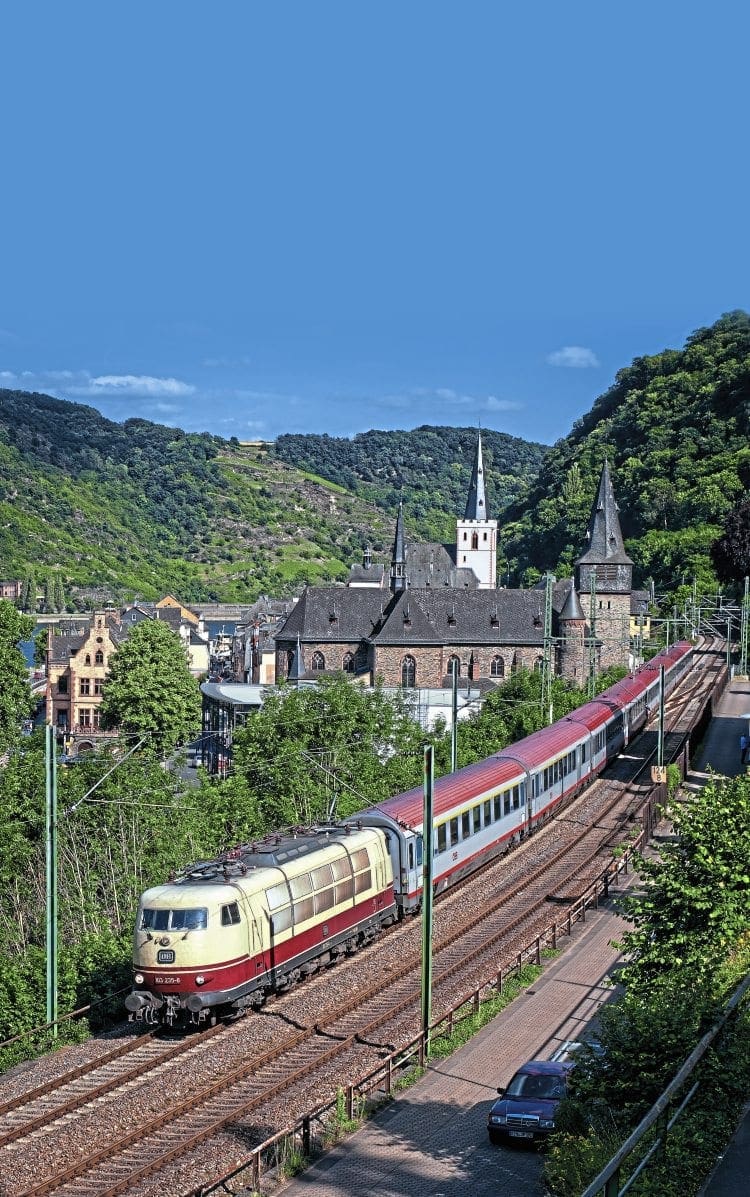
Heading the train is No. 103 245, an imposing Co-Co electric locomotive carrying the attractive red & ivory ‘Trans Europ Express’ livery of the 1960s/70s. It is one of several ‘103’ Museumloks owned by Deutsche Bahn, two of which are still passed for main line use.
Over the next two and half hours and 240km, the 42-year-old, 9,970hp electric will do exactly what it was built for – running at up to 200kph (125mph) between stops with an InterCity express, delivering early bird commuters to their officeuni works in the Bavarian capital.
Monthly Subscription: Enjoy more Railway Magazine reading each month with free delivery to you door, and access to over 100 years in the archive, all for just £5.35 per month.
Click here to subscribe & save
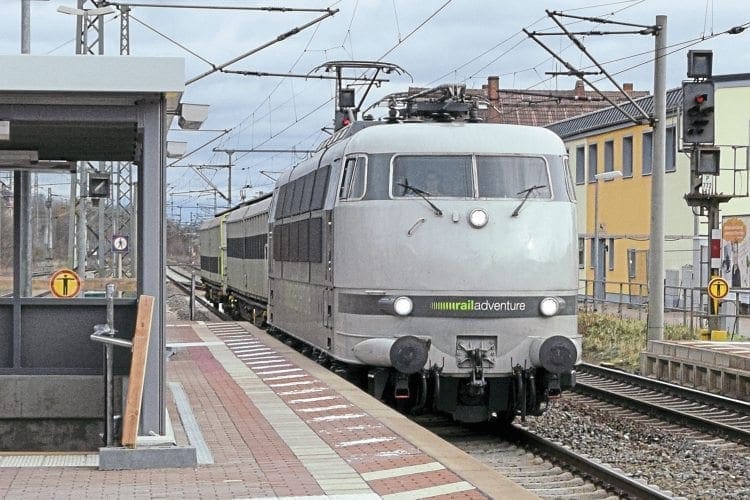
Once the undoubted flagship of West Germany’s Deutsche Bundesbahn, the class lost all of its regular diagrammed work in December 2002, although a much-reduced fleet continued in reserve throughout 2003. Since then though, a small number of locomotives have kept the flag flying, much to the delight of enthusiasts in Germany and far beyond.
To put that in a British context, imagine if BR had retained a small stud of ‘Deltics’ after January 1982 and maintained them in top condition for 100mph Inter-City and sleeping car trains until 1996. That’s exactly what DB’s Fernverkehr (long-distance) sector did until the latest timetable change on December 11 last year.
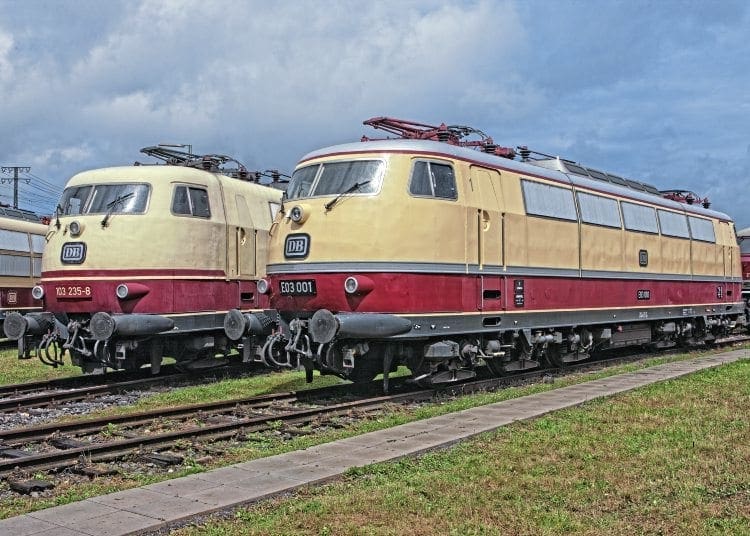
Ostensibly retained to work special trains, DB’s planners have helped to maintain the locomotives in good order by rostering them for regular scheduled services including, at different times, international EuroCity and InterCity expresses, ICE replacements, night trains and peak-time relief ICs, especially on Fridays and Sunday/Monday. Except for a brief period in 2012, there have been regular diagrams for ‘103s’ in every timetable since December 2002.
Four prototypes
In common with other parts of Europe in the 1960s, West Germany was working to increase speeds and shorten journey times to compete more effectively with air and road travel. Tests proved that 200kph operation was viable, but more powerful traction was needed.
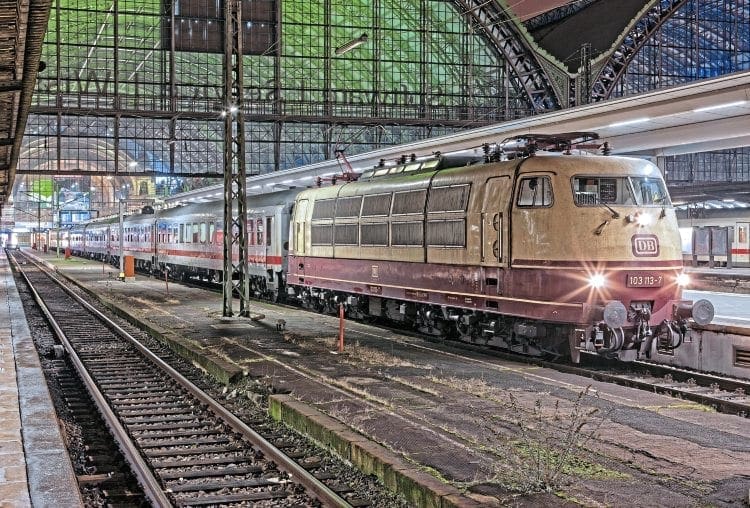
As a result, four prototype E03 locomotives were built in 1964/65 and tested extensively before an order for 145 production series machines was placed. These were introduced in 1970 and numbered 103 101-245.
The ‘103s’ allowed Deutsche Bundesbahn to introduce a network of regular interval 200kph InterCity routes across West Germany, providing cross-platform connections at major stations. This formed the foundation for the later IC, InterRegio (IR) and InterCity Express (ICE) networks, linking most cities across the reunified Germany.
Two ‘103s’ are based in Munich – No. 103 113 and last-built 103 245 – and have worked a wide variety of duties over the last decade, including a brief period on EuroCity trains through Austria to the Italian border at Brennero in 2008.
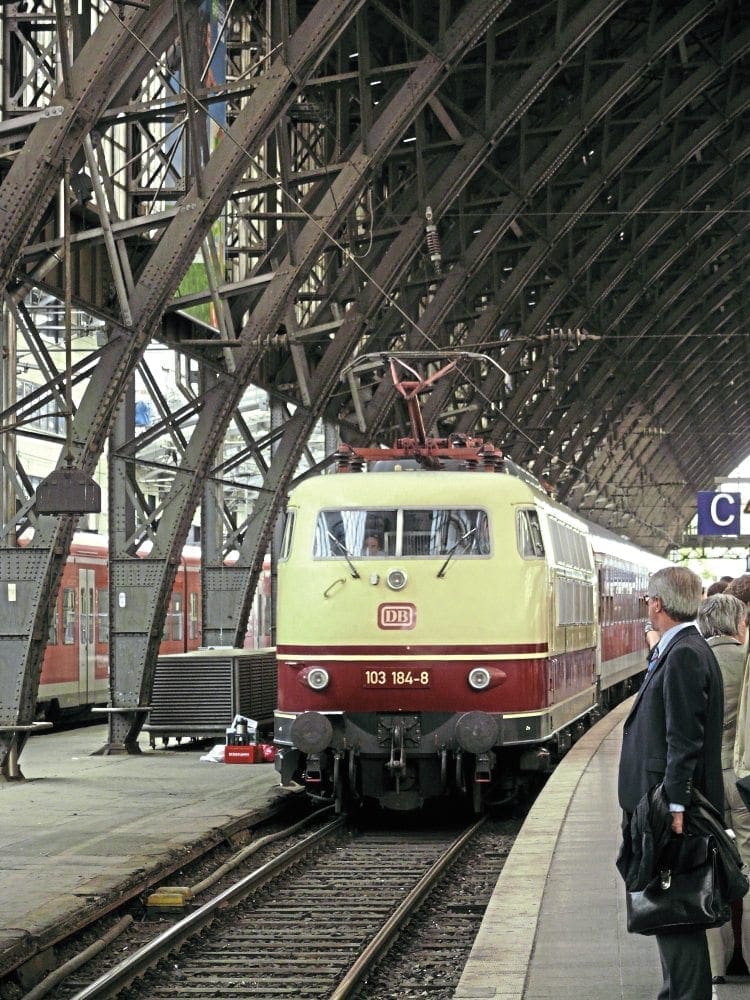
Further north, Nos. 103 184 and 103 235 combined regular outings with the restored ‘TEE Rheingold’ luxury excursion train and other charters with IC/EC diagrams, taking them to Stuttgart, Ulm, Frankfurt, Hamburg and Münster at various times.
Between 2007 and 2011, No. 103 184 was passed to work in Switzerland (something that did not occur in regular service, apart from short incursions over the border to Basel), also reaching Italy via the Bern-Lötschberg-Simplon (BLS) route to Domodossola.
A shortage of newer 200kph traction for IC work has done much to prolong the working lives of the survivors. Class 120s built in the 1980s have never really lived up to expectations and the Adtranz Class 101s, built to replace the ‘103s’ in the 1990s, cannot cover all the diagrams required.
However, with the delivery of the much-delayed Bombardier IC2 double-deck trains to replace conventional IC sets, and a greater move towards push-pull operation, DB Fernverkehr has finally decided that it can do without the help of the ‘103s’.
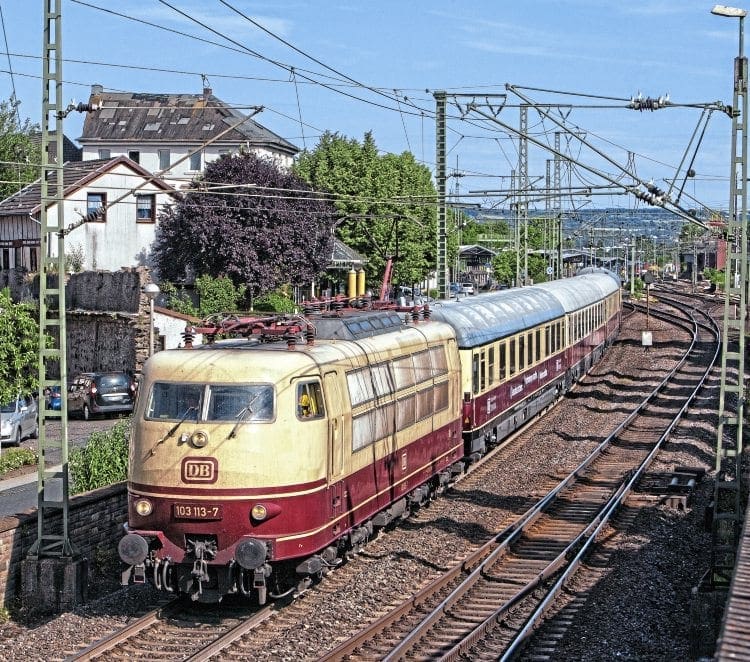
It’s also said that spares are becoming more difficult to source for these early-1970s giants, and so the time has come for the remaining main line locomotives to lead a gentler life.
However, a positive development is the possible return of prototype No. E03 001 to the main line in 2017. Also owned by the DB Museum, this 1965-built 200kph pioneer has not run since 2006.
One other locomotive still earning its keep on the main line in 2017 is former DB Systemtechnik test machine No. 103 222.
Once passed for 280kph operation and numbered 750 003, it is the only one of its class to be sold to a private main line operator.
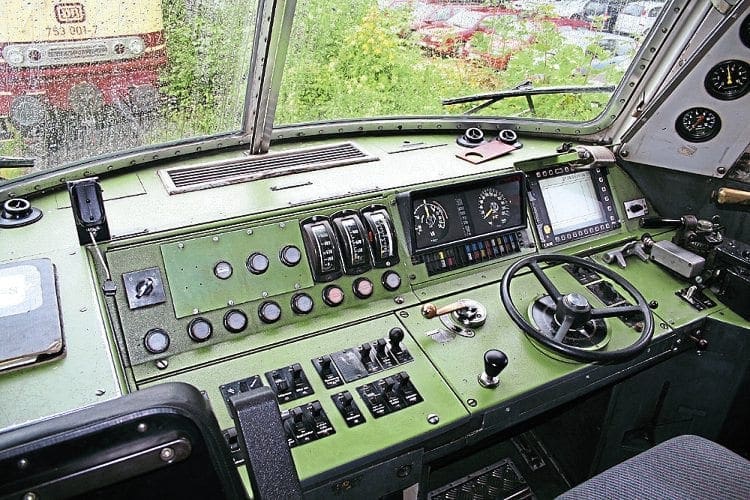
It can now be seen all over Germany delivering new locomotives and multiple units to operators and working test trains for RailAdventure – the German equivalent of Railway Operations Group (ROG) in the UK.
No fewer than 17 of the 149 locomotives built survive across Germany in various states of repair, including three of the four prototypes – E03 001/002/004. From the production batch, Nos. 103 101/132/136/167/197/220/224/226 have found homes at museums around the country, while DB’s own museum fleet includes Nos. 103 113/184/235/245 and the unique DBAG verkehrsrot (traffic red) 103 233.
Unusually, No. 103 197 has been cosmetically restored, plinthed and converted into a conference room!
Brutally powerful
As the morning sky turns from black to a deep blue, No. 103 245’s train gradually fills up and when we leave Augsburg, my once empty coach is ‘full and standing’.
Having made frequent stops over the previous two hours, the final leg is a 62km eastward dash towards the rising sun. It’s going to be a cold, but wonderfully sunny day in Bavaria – perfect weather for photographing trains!

With only seven coaches in tow, the brutally powerful ‘103’ quickly achieves its 200kph maximum and cruises along the flat and straight main line to Munich, which – coincidentally – was also the section of line over which the E03s were tested in the mid-1960s.
Just before 07.30, we roll to a stand at Munich Hauptbahnhof having effortlessly maintained the schedule.
In this era of locomotives built on standardised, modular ‘product platforms’ and fixed formation trains, the ‘103s’ look increasingly out of place.
Although it’s a shame to see them finally lose their day-to-day work, we should give full credit to Deutsche Bahn and its maintenance staff for keeping the survivors working long after their sisters were retired.
As No. 103 245 backs out towards Munich Hbf depot and gradually disappears from view, I don’t feel sad that it’s over, just grateful that we were able to enjoy these magnificent machines at work for so much longer than expected.
Access to The Railway Magazine digital archive online, on your computer, tablet, and smartphone. The archive is now complete – with 121 years of back issues available, that’s 140,000 pages of your favourite rail news magazine.
The archive is available to subscribers of The Railway Magazine, and can be purchased as an add-on for just £24 per year. Existing subscribers should click the Add Archive button above, or call 01507 529529 – you will need your subscription details to hand. Follow @railwayarchive on Twitter.




